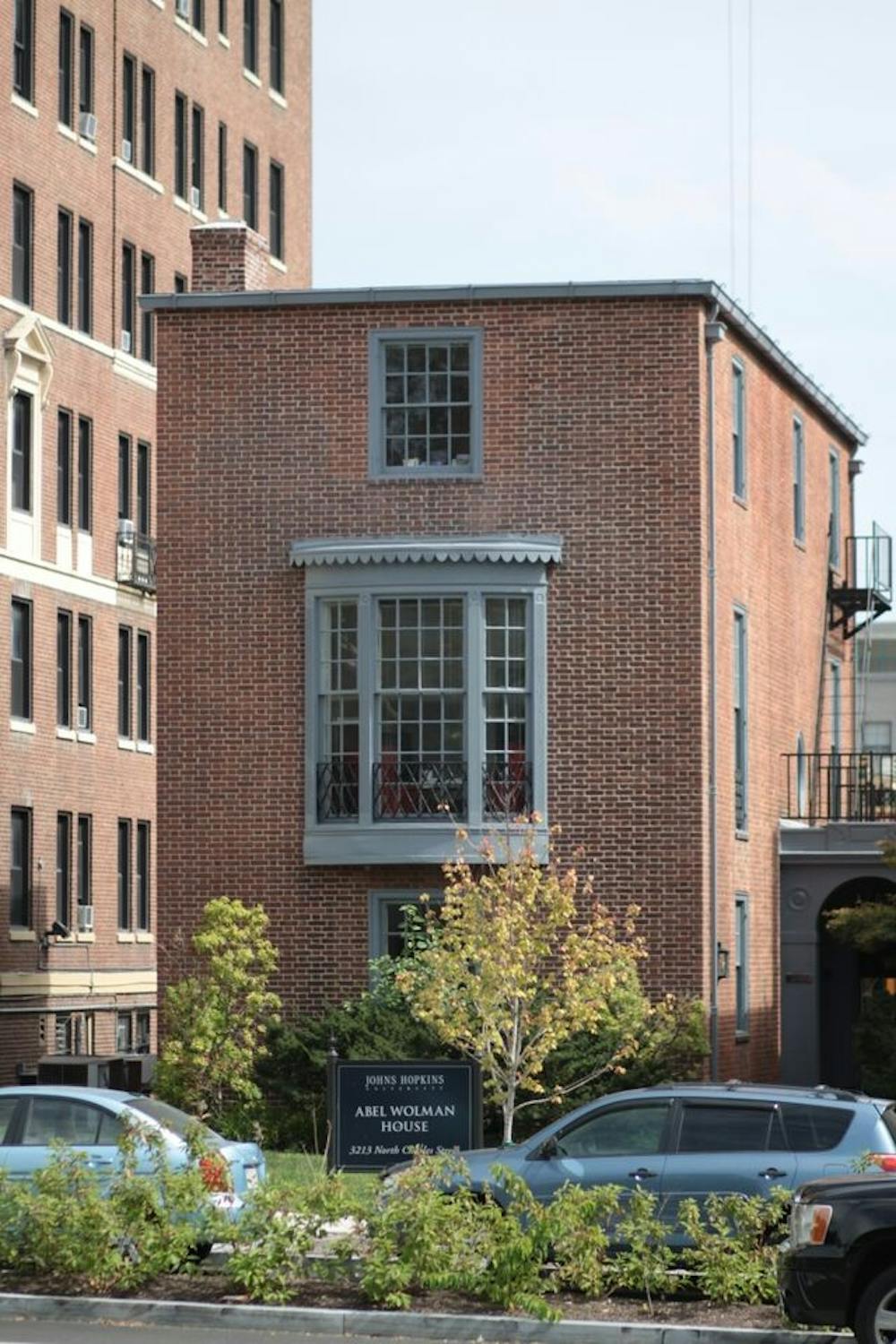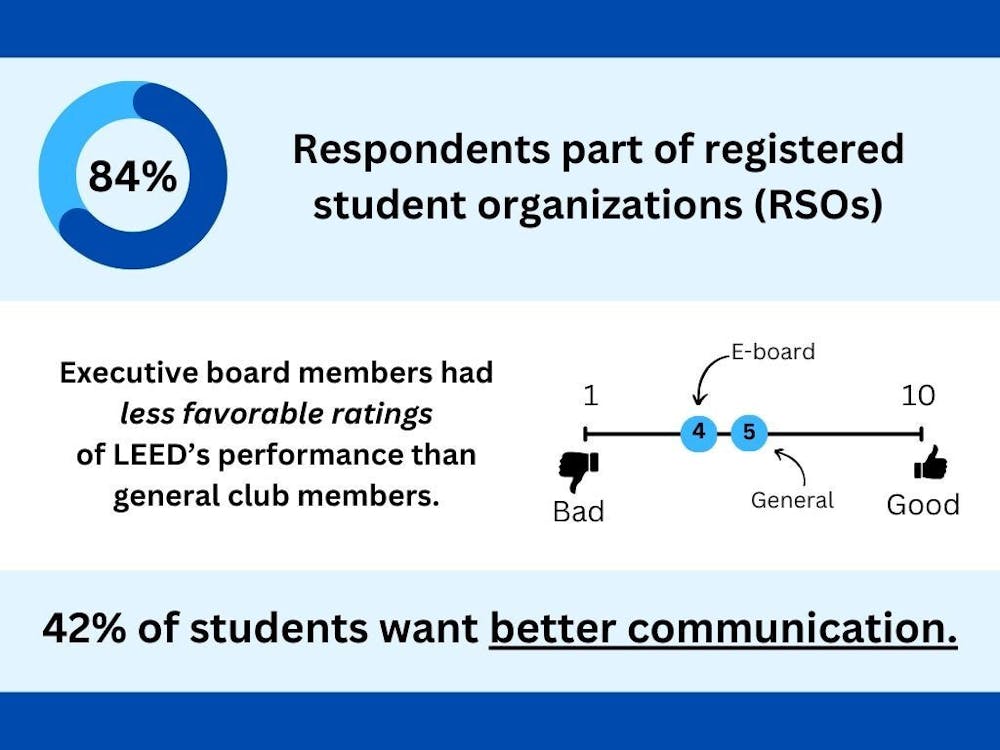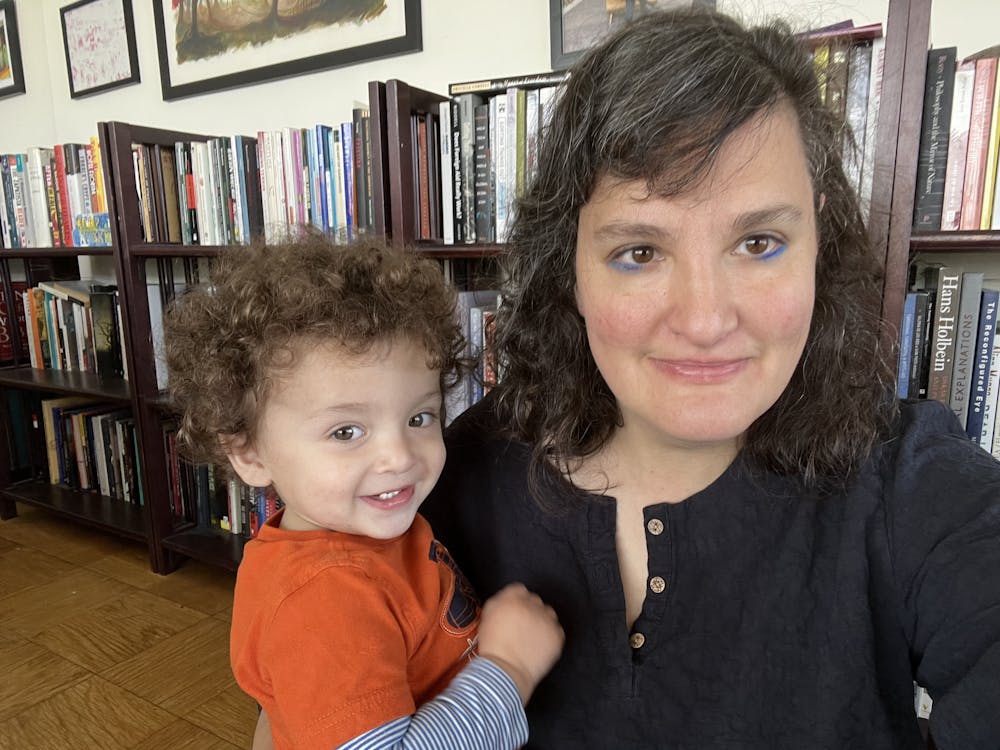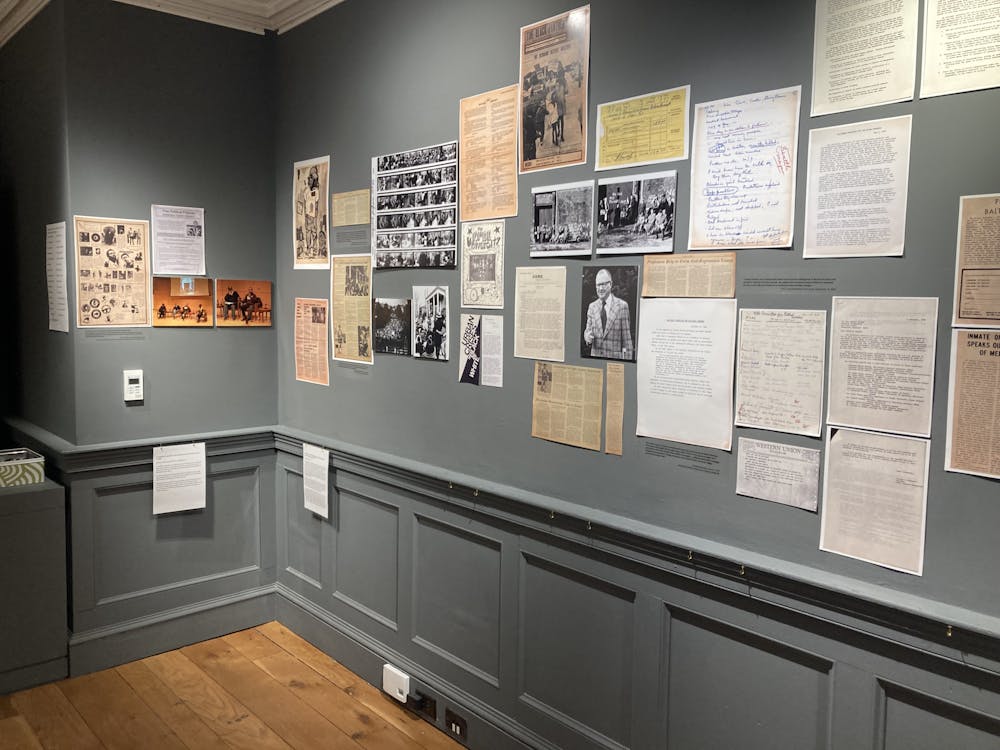By MEGAN CALLANAN For The News-Letter
When walking down N. Charles Street toward the Homewood Apartments, 7-Eleven, Maxie’s and the Hopkins Health and Wellness Center, the Hopkins campus transitions from high-rise dorms and apartment buildings into a series of smaller buildings, including the Center for Social Concern and the Smokler Center for Jewish Life (Hillel).
Among these structures of similar design are two distinct buildings, the Abel Wolman House and the Steinwald House.
Although the buildings are located very close to campus, across from the Mattin Center and next to the Blackstone Apartments, their functions are widely unknown to most undergraduates.
According to Executive Director of Media Relations Dennis O’Shea, the buildings have been owned by the University for several decades.
“The University purchased 3211 N. Charles St. in 1968, with a gift from a generous alumnus, and renovated the home to serve as a headquarters for the Office of Alumni Relations,” O’Shea said.
The building became known as the Steinwald House when the founder of Alumni Relations, Osmar Steinwald, Class of 1928, retired in 1974. The building remained the hub of Alumni Relations until just a few years ago, when the department moved to the San Martin Center along Wyman Park Drive.
Currently the University is leasing the Steinwald House to the developers of the Nine East 33rd housing project (previously called 3200 St. Paul) to function as a temporary leasing office until the building is completed.
The Steinwald Building will be used this year as a community engagement space. Later in the semester, the building will be staged with samples of the furniture that will be in the new housing project. Students and their families will be invited to come see the exhibit.
Director of Operations for Nine East 33rd Randi Kaltrider enjoys working in the Steinwald House and mentioned a juxtaposition between the Steinwald building and the new Nine East 33rd project.
“With the building being new [it has] more of the contemporary feel, and then here it’s historic and has a nice, homey feel,” Kaltrider said.
According to Kaltrider and her associates, they want to capitalize on the homey feel of the building when staging it with the apartment furniture. Next August, after Nine East 33rd is completed, the leasing office will move out of the Steinwald House.
Laurence Hall Fowler, a prominent Baltimore architect, built 3213 N. Charles St., now known as the Abel Wolman House, in 1938. The house, which is shaped like a narrow box, features a large bay window and has the floor plan of an English townhouse. It was built for Professor Abel Wolman and his family.
Abel Wolman, the namesake of Wolman Hall, graduated from Hopkins in 1915. He was part of the first graduating class of the Engineering Department and went on to have a major role in advancing water purification techniques before becoming a Hopkins professor.
The house was passed onto Abel’s son, “Reds” Wolman, who was also a member of the Hopkins faculty. When Reds put the house on the market in 1993, an anonymous donor purchased the house and donated it to the University.
O’Shea spoke about the current use of the house as an office building.
“It served in recent years as offices for such administrative units as Conference Services and Government Relations,” O’Shea said.
The Abel Wolman House is now used by Associate Professor Stefanie Deluca and Professor Kathryn Edin of the sociology department, along with the graduate and undergraduate students working with them. Deluca and Edin lead the Poverty and Inequality Research Lab, which is located in the building and is decorated with modern office furniture and eye-catching light fixtures.
Mollie Cueva-Dabkoski, a junior sociology and public health major, conducts research in the building and reflected on the space.
“It’s an amazing, collaborative space where you have grad students and undergrads and faculty members converge and tackle these big problems of poverty and inequality domestically and sometimes internationally as well,” Cueva-Dabkoski said.
















Please note All comments are eligible for publication in The News-Letter.